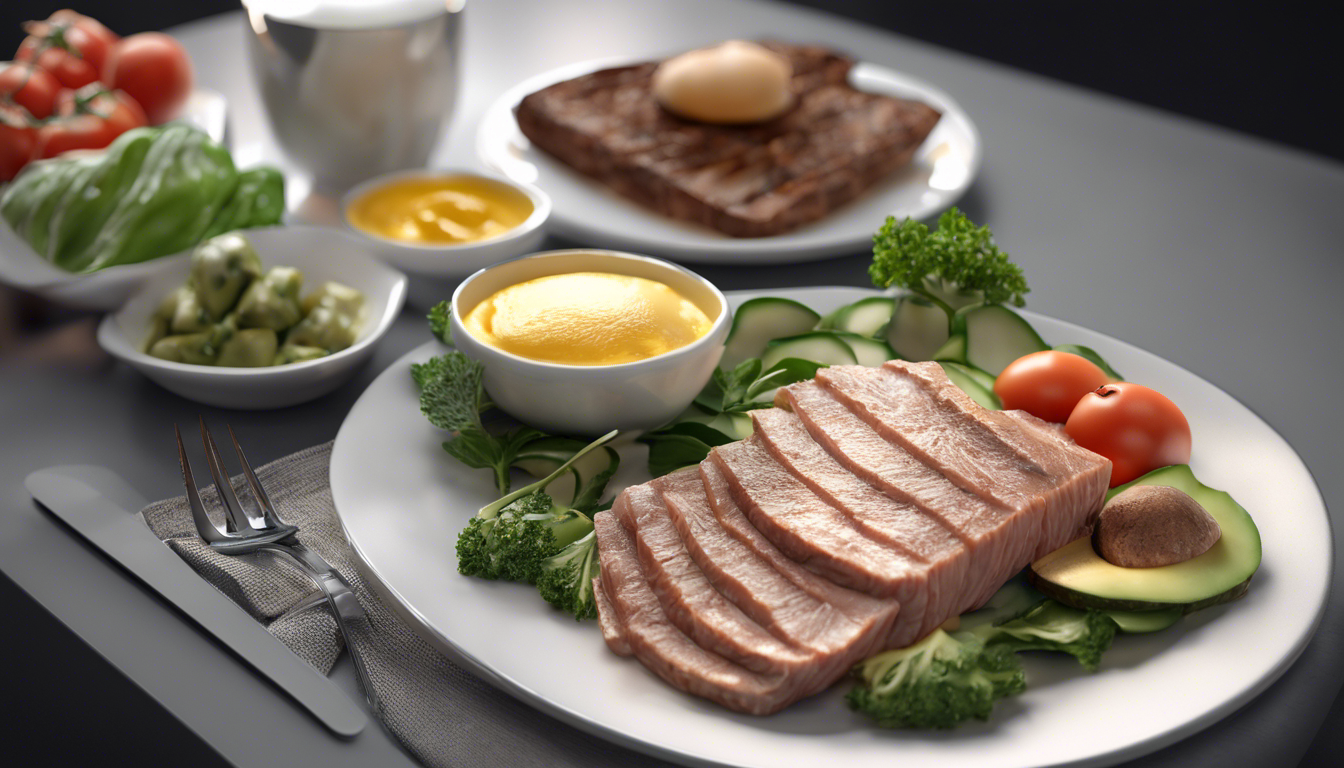
Welcome to Keto Mastery, where we take you on a journey to understand and master the ketogenic diet. In this article, we will delve into the dos and don’ts of customizing your keto meal plan for ultimate success. So, let’s get started!
Understanding the Ketogenic Diet
The ketogenic diet, or keto for short, is a low-carb, high-fat diet that has gained popularity for its potential health benefits. By drastically reducing carbohydrates and increasing fat intake, the body enters into a state called ketosis. In this state, the body turns to fat as its primary fuel source instead of glucose.
Dos of Customizing Your Keto Meal Plan
- Calculate Your Macros: Understanding your macronutrient needs is important for a successful keto journey. Calculate your daily intake of fats, proteins, and carbohydrates based on your individual goals and consult with a healthcare professional if needed.
- Include Healthy Fats: Incorporate sources of healthy fats such as avocados, olive oil, coconut oil, and nuts into your meals. These fats provide essential nutrients and help keep you feeling satisfied.
- Favor Low-Carb Vegetables: Load up on non-starchy vegetables like leafy greens, broccoli, cauliflower, and zucchini. They are low in carbs and high in fiber, vitamins, and minerals.
- Choose Quality Protein: Opt for high-quality protein sources like poultry, eggs, fatty fish, and grass-fed meat. Protein is vital for maintaining muscle mass and supporting various metabolic functions.
- Stay Hydrated: Water intake is essential on keto. Aim to drink enough water daily to ensure proper hydration and support your body’s functions.
- Experiment with Recipes: Embrace the variety of keto-friendly recipes available. Experiment with different flavors, textures, and cuisines to keep your meals exciting and enjoyable.
Don’ts of Customizing Your Keto Meal Plan
- Avoid High-Carb Foods: Steer clear of foods high in carbohydrates such as grains, sugars, fruits (except for small portions of berries), and starchy vegetables. These can hinder ketosis.
- Limit Processed Foods: Processed foods often contain hidden sugars, unhealthy fats, and additives that can stall progress on the keto diet. Focus on whole, unprocessed foods instead.
- Watch Out for Sneaky Carbs: Be mindful of hidden carbs in condiments, sauces, and dressings. Read labels carefully and opt for low-carb alternatives or make your own.
- Avoid Excessive Protein: Consuming excess protein can lead to gluconeogenesis, a process where protein is converted into glucose. Stick to moderate protein intake to avoid interfering with ketosis.
- Don’t Neglect Electrolytes: As your body adjusts to the keto diet, you may experience electrolyte imbalances. Replenish electrolytes through foods, supplements, or electrolyte-rich drinks.
- Stay Consistent: One of the most important “don’ts” is not giving up too soon. Adaptation to keto can take time, and results may not be immediate. Stay consistent and patient.
Keto Mastery is an ongoing process of customizing your keto meal plan to achieve and maintain ketosis. By following the dos and avoiding the don’ts outlined in this article, you can maximize the benefits of the ketogenic diet while staying healthy and satisfied. Remember, consult with a healthcare professional before making significant changes to your diet.
So, take control of your keto journey, customize your meal plan, and embark on a path towards mastery. Good luck!